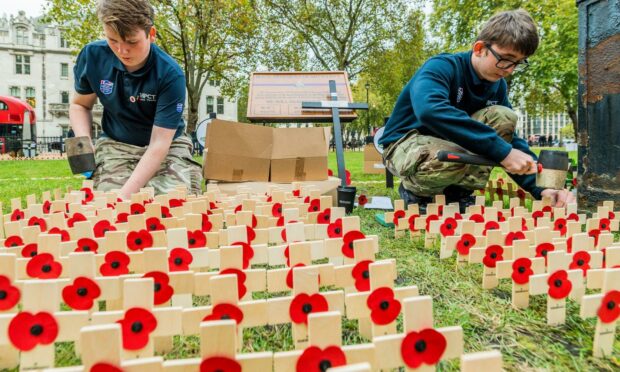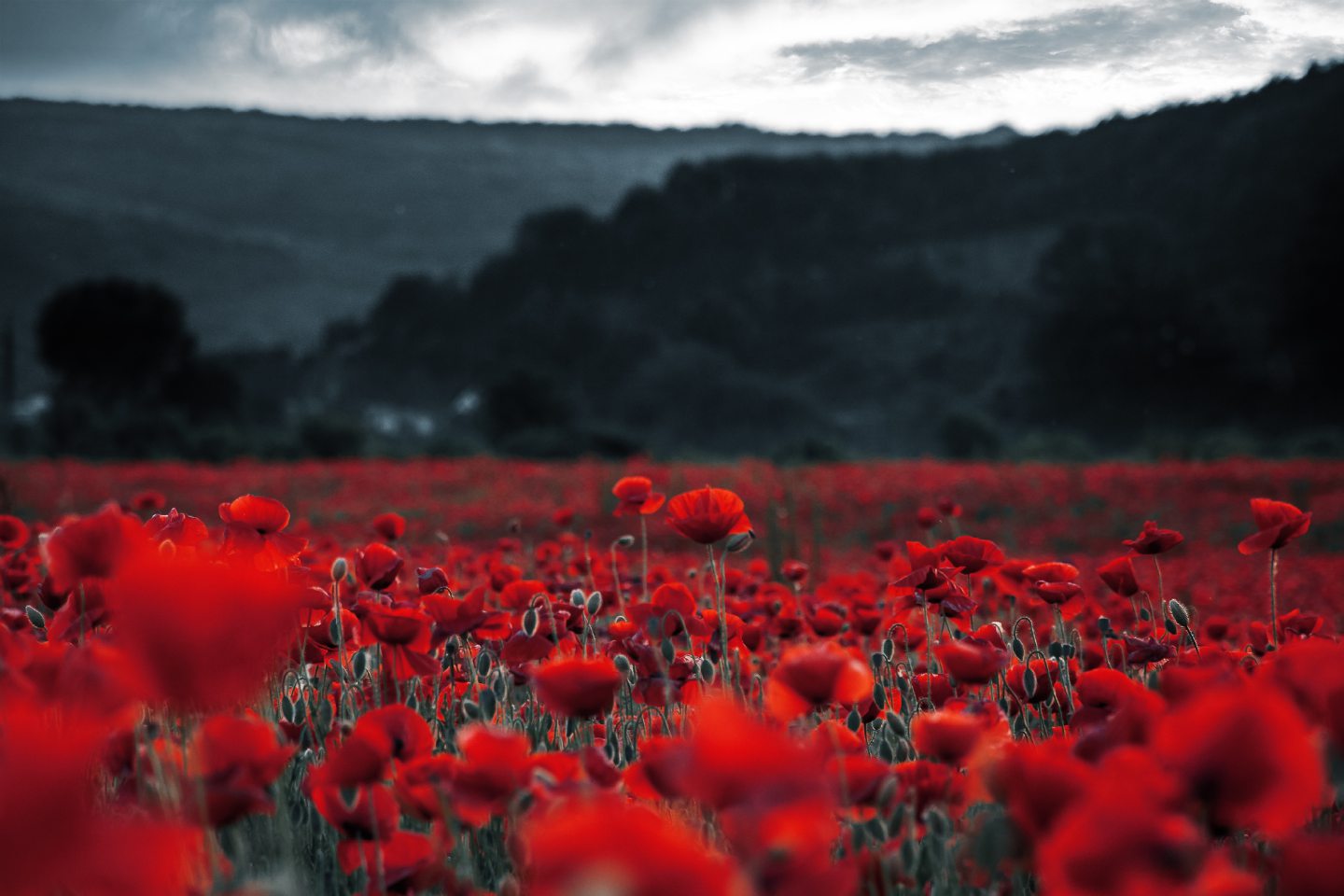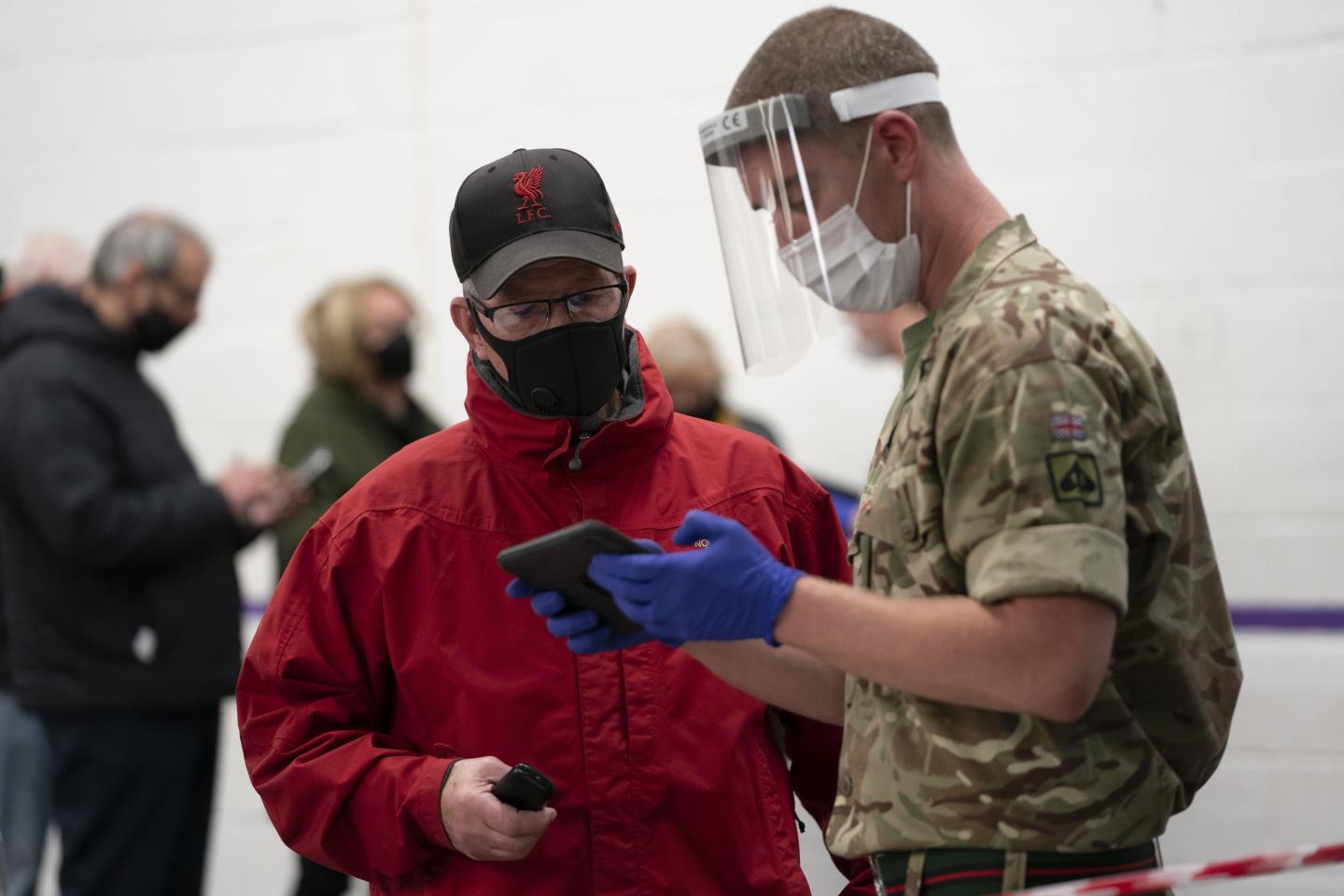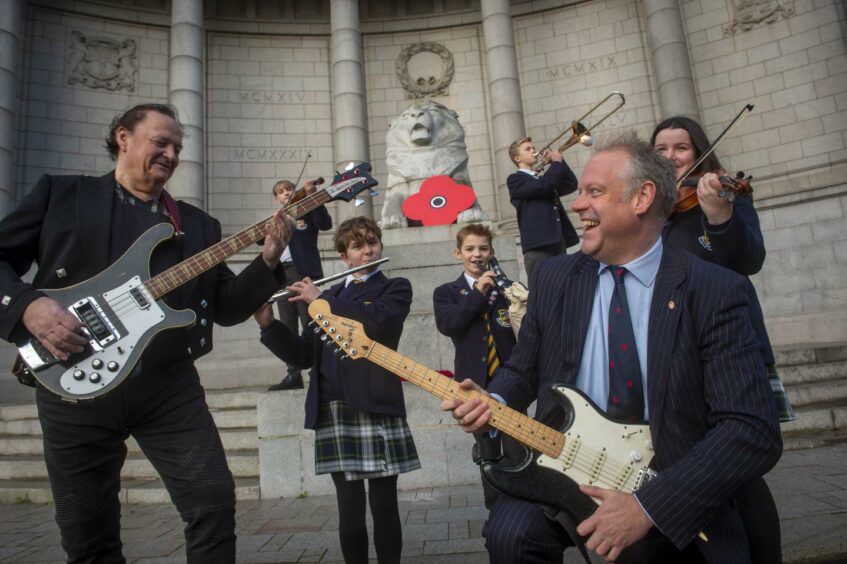On Remembrance Day, it seems apt to reflect on remembrance, who the poppy was for when it was first instigated and who it is for now.
This year marks the 100th anniversary of the poppy appeal. It was an initiative set up in 1921. Later, Lady Haig, wife of World War One commander Earl Haig, founded a Poppy Factory in Edinburgh for servicemen disabled in that catastrophic global war.
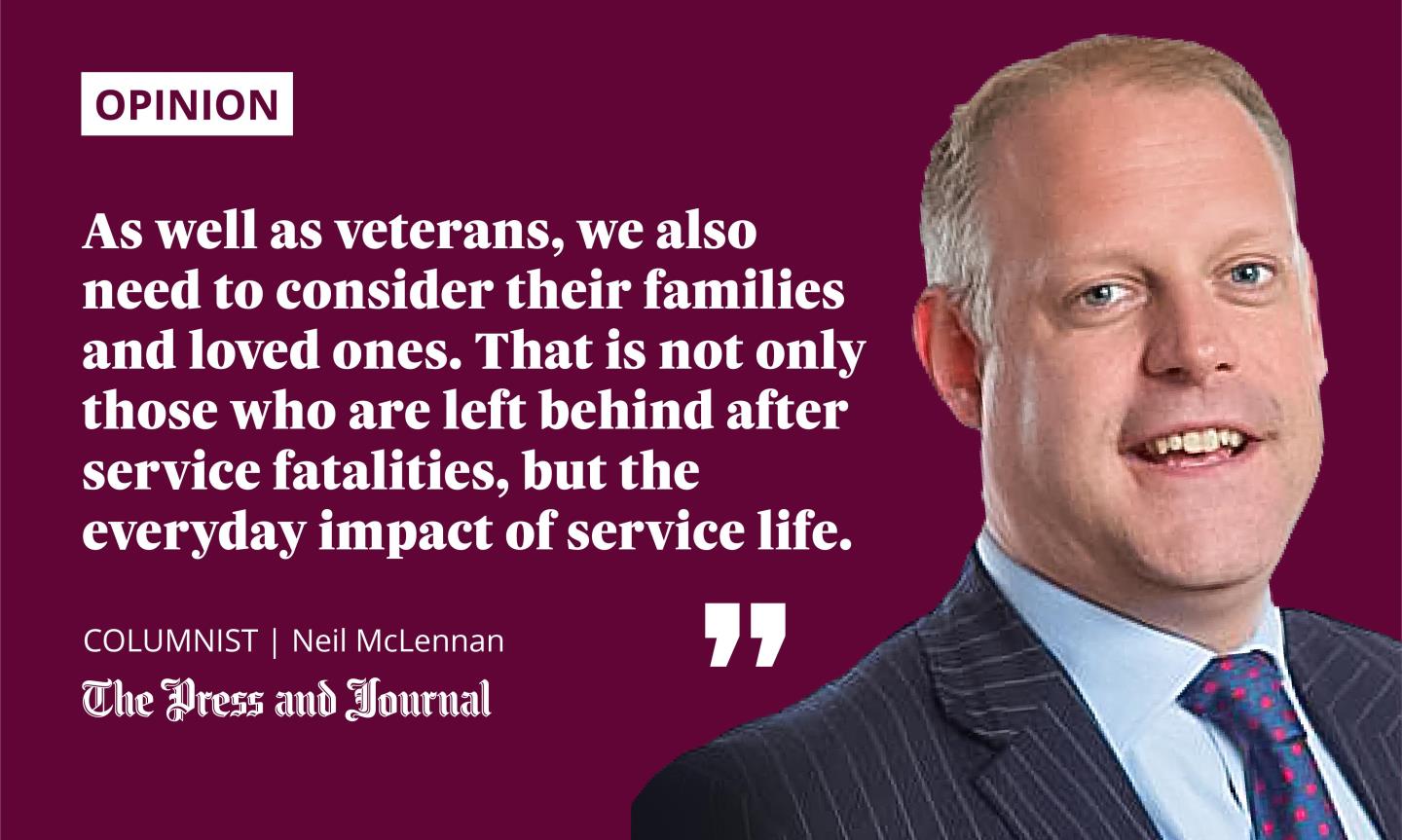
The Poppy Appeal saw the red poppy, which bloomed amidst the torn-up battlefields of France and Flanders, become an item to sell to raise funds for those returning from war. The poppies featured in John McCrae’s poem In Flanders Fields, but also Scot poet JB Salmond’s Poppies, from the Great War.
Those returning faced some of the most horrific wounds ever seen on the battlefield. The First World War pitted men using historic battle tactics against the might of new machinery such as machine guns, tanks, poison gas and more powerful explosives than had been used in warfare before. The effects were horrendous.
Some 1.75 million of the six million men who served in World War One were disabled, with over half permanently disabled. There were also those whose wounds no one could see.
“Shell shock”, as it was called then, impacted on many, alongside those who had lost legs, had faces ripped apart or hands and arms blown off. Physical wounds and post-traumatic stress would not go away easily. However, the sale of the poppy generated much-needed funds to help support those veterans who lost jobs, income, dignity and wellbeing.
The needs of veterans have changed
Today’s veterans are very different, and the needs of veterans have changed over time. Battlefield medicine is far better than before. However, sadly, the same physical injuries still need support.
The Iraq and Afghanistan wars saw men blinded again and limbless servicemen fighting to be mobile once more through advance prosthetics after horrific IED and mortar attacks. We now understand even more about post-traumatic stress, building on the early work of pioneering First World War doctors like Dr William Rivers, who “treated” war poet Siegfried Sassoon, and Dr Arthur John Brock, who treated Wilfred Owen. However, there are needs beyond the obvious.
I still remember the moving 2007 Poppyscotland poppy appeal video. It told the story of the heroism of the late Corporal Mark Wright GC. Amidst the video’s moving messages was a striking statistic that 12% of Glasgow’s homeless community had served in the armed forces.
Whether that is symptomatic or causational is for discussion. Importantly, there is an issue in how we protect our most vulnerable in society. Some of those were vulnerable before, others made vulnerable by the experiences they have had in a brutal, challenging world, especially when conflict breaks out.
Supporting armed forces personnel beyond the obvious
As well as veterans, we also need to consider their families and loved ones. That is not only those who are left behind after service fatalities, but the everyday impact of service life.
How do the children of service personnel cope when parents go on deployment? How do they deal with several changes of school and different curriculum, as military life sees the upheaval of many global deployments? And how are armed services roles different as a result of required relief relating to the Covid pandemic or the effects of climate change? Furthermore, the armed services play a vital role in peacekeeping missions.
There is much to consider about supporting veterans beyond the obvious. Some of that has not changed since the First World War era, some of that is more complex than initially thought.
The poppy must not be forced upon anyone
At this time of year, there are often newspaper reports on the perceived clash between the red poppy – a symbol of remembrance – and the white poppy – a symbol of peace. For me, the poppy symbolises both, and it marks past, present and future.
The poppy is something that looks to the future – not one of war, but of learning the mistakes of the past in the hope for peace
The poppy is a mark of respect and remembrance for those who passed and sacrificed before. However, it should not be forced upon anyone; that would defeat the purpose of what the men and women benefiting from it fought to defend – democracy and free decision-making.
Nevertheless, it is still relevant today, in a complex world of continued dictatorial behaviours of some leaders, criminal corruption and terrorising aggression. And it is something that looks to the future – not one of war, but of learning the mistakes of the past in the hope for peace.
Cooperation over conflict
This year an addition to Remembrance Sunday proceedings marks an important step in recognising the poppy as a symbol of poignancy and peace. For the last four years, an international “remote” orchestra and choir have gathered online from many locations across the world on the afternoon of Remembrance Sunday.
Together, they play the same piece of music, as a symbol that the world has progressed on from over 100 years ago when it tore itself apart. Across borders, we can create and cooperate. Cooperation over conflict is the motto of the #iPlay4Peace international initiative. It plays online at 4pm European time and 3pm UK time on Sunday November 14.
The morning’s respectful, reverent remembrance silence should continue for 100 years more. Alongside it, international musicians uniting in the afternoon shows peaceful, forward-looking cooperation.
On Remembrance Day, we remember those who paid and pay the ultimate sacrifice. Today, how many would be willing to lay down their life for a fellow human? And how do we ensure there are no further wars?
Might the poppy be used not only remember the past, but also promote a more peaceful future through learning of the horrors of war?
Neil McLennan writes in a personal capacity. He is a Burgess of Aberdeen and has supported every aspect of education in the north-east. His fee for this column will be donated to Poppyscotland
